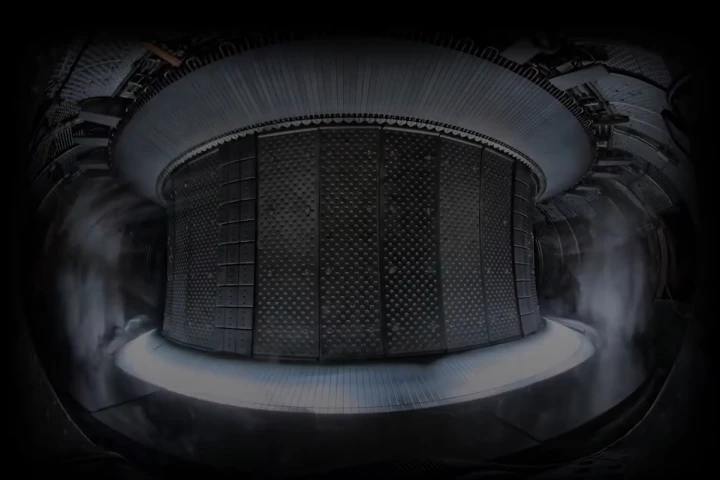It's hard to find an article about graphene that doesn't include the words "wonder material" somewhere within it. Less wondrous, unfortunately, is the expensive and time consuming chemical vapor deposition (CVD) process used to produce it industrially. Now researchers from the University of Exeter claim to have discovered a new low-cost technique to produce high quality graphene that could see the wonder material start to realize its potential.
The new system is based on technologyalready used in the manufacture of semiconductors, providing the potential tomass produce graphene using existing facilities instead of sinking money intocompletely new plants. It involves growing graphene in an industrial resistive-heating cold wallCVD system developed by UK-based company, Moorfield Nanotechnology. Theresearchers say this so-called nanoCVD system can grow graphene 100 timesfaster than conventional CVD systems, cuts costs by 99 percent, and producesgraphene boasting enhanced electronic qualities.

The Exeter researchers, led by ProfessorMonica Craciun, have used this new technique to create a graphene-based touchsensor that is flexible and transparent. In addition to more flexibleelectronic devices, the researchers believe such sensors will also enable trulyflexible electronic skin for use in robots.
"Emerging flexible and wearabletechnologies such as healthcare electronics and energy-harvesting devices couldbe transformed by the unique properties of graphene," says Dr ThomasMoorfield, a former PhD student at Exeter who is now working at Moorfield."The extremely cost efficient procedure that we have developed forpreparing graphene is of vital importance for the quick industrial exploitationof graphene."
The team's research findings appear in thejournal Advanced Materials.
Source: University of Exeter




